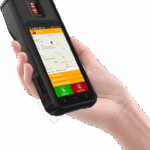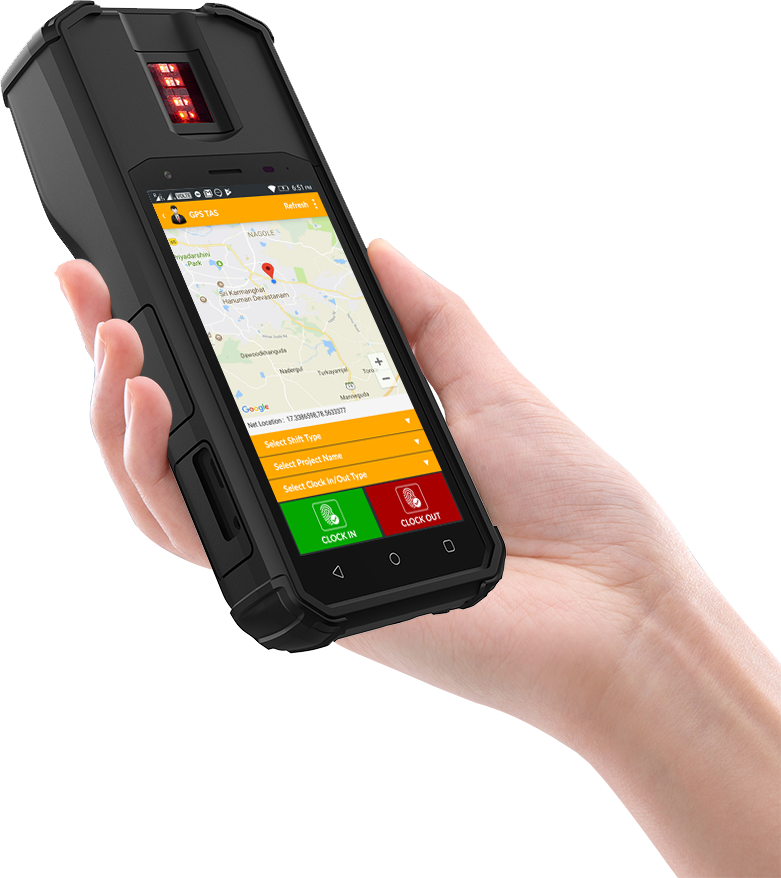Biometric & Fingerprint Attendance Systems: Comprehensive Overview
Introduction
Biometric and fingerprint attendance systems have redefined workforce management by offering secure, accurate, and efficient tracking of employee attendance. Replacing outdated methods like punch cards or manual logs, these systems use unique fingerprint patterns to verify identity, eliminating fraud and errors. This article explores the technology, benefits, challenges, applications, and future trends of fingerprint attendance systems.
How They Work
Fingerprint attendance systems rely on biometric technology to capture unique fingerprint features—ridges, valleys, and minutiae points. The process includes:
- Enrollment: A scanner captures an employee’s fingerprint, converting it into an encrypted digital template stored securely.
- Verification: When clocking in, the system scans the fingerprint and matches it against stored templates using algorithms like minutiae or pattern-based matching.
- Recording: Successful verification logs the time and date, often syncing with HR or payroll software.
Modern systems incorporate anti-spoofing features like liveness detection to prevent fake fingerprints and ensure reliability despite minor fingerprint variations (e.g., cuts or dirt).
Benefits
- High Accuracy: Fingerprints are unique, ensuring precise identification and eliminating manual errors.
- Fraud Prevention: Systems prevent buddy punching, reducing time theft and saving costs.
- Efficiency: Automation streamlines payroll, leave tracking, and reporting, reducing HR workload.
- Scalability: Suitable for small businesses to large enterprises, integrating with cloud-based HR systems.
- Cost Savings: Long-term reduction in administrative costs and fraud outweighs initial setup expenses.
Challenges
- Privacy Concerns: Storing biometric data requires robust encryption and compliance with laws like GDPR or CCPA to address employee privacy concerns.
- Technical Issues: Worn fingerprints, low-quality scanners, or environmental factors can cause authentication failures.
- Initial Costs: Hardware, software, and integration involve upfront investment, challenging for smaller organizations.
- Hygiene: Contact-based scanners raise health concerns, though contactless options are emerging.
- User Acceptance: Privacy fears or cultural sensitivities may lead to employee resistance, requiring clear communication.
Applications
- Corporate Offices: Automates time tracking for accurate payroll and compliance.
- Education: Tracks student or staff attendance, reducing administrative tasks.
- Healthcare: Ensures secure staff management in hospitals.
- Manufacturing: Manages workers in rugged environments, sometimes supplemented by facial recognition.
- Retail: Optimizes scheduling for shift-based employees.
Future Trends
- Multi-Modal Biometrics: Combining fingerprints with facial or iris scans improves accuracy.
- Cloud Integration: Enables real-time data access and scalability for remote workforces.
- Contactless Scanners: Address hygiene concerns with 3D or infrared-based fingerprint scanning.
- AI Enhancements: Algorithms adapt to fingerprint changes, improving reliability.
- Blockchain: Enhances data security and integrity for biometric templates.
Best Practices
- Use high-quality scanners with liveness detection.
- Ensure compliance with data protection laws.
- Maintain and update systems regularly.
- Train employees to build trust and ensure proper use.
- Offer fallback options like PINs for authentication failures.
Conclusion
Fingerprint attendance systems provide a secure, efficient solution for workforce management. While privacy and technical challenges exist, advancements in contactless technology and AI are addressing these issues. With proper implementation, these systems enhance productivity and security across industries.
For more details Visit us:https://exigasoftware.com.sg/our-products/gps-biometric-handheld-time-attendance-system/
Phone: +65 6492 6783
Whatsapp: +65 9693 5512
Email: sales@exigasoftware.com.sg

